Digitization of interlocks through low latency communications: Application to IFMIF-DONES.
Digitization of strategic infrastructures for society in a safe, efficient and sustainable way by developing new sensors and low latency communications technologies together with mechanisms to ensure the security of the critical equipment used.

The consortium formed to carry out DIBA has developed a project for the digitalization of interlocks through low latency communications with direct application to IFMIF-DONES, the future facility that will house a particle accelerator in Granada, where the materials with which future fusion energy reactors will be built will be investigated.
onTech Innovation has coordinated this industrial research initiative, funded by the Ministry of Industry, Trade and Tourism, and developed by the companies JTSEC, Aaron, Orolia and the University of Granada.
DIBA (Digitization of Interlocks through Low Latency Communications) has as its main objective the design of sensors and digitization of the signals produced for subsequent deterministic transmission, secure and with ultra-low latency levels. It is a neutron radiation sensor linked to the generation of interlocks for subsequent transmission over reliable, cyber-secure and deterministic Ethernet networks.
The environments in which particle accelerator control systems are deployed must be capable of enabling the reliable propagation and delivery of data from the various sensors and facility control signals. The nature of these control signals can be highly critical, as they are responsible for propagating messages such as those indicating the need for an emergency shutdown to protect the facility, communicating the status of the accelerator’s critical systems, or propagating alarm signals to the plant operators.
These critical signals also coexist with the accelerator’s multiple data sources, such as the signaling systems themselves, flows from various sensors, generic TCP/IP communications, etc., which can also be transported as analog signals, digital signals and over Ethernet networks, among others, thus resulting in a complex communications environment that is difficult to manage and even susceptible to noise and crosstalk when transmitting analog signals.
Security in the new accelerator transport network is also of paramount importance. In this area, DIBA has placed special emphasis on studying the main cybersecurity aspects of the TSN-Z16 switch to enable its certification and use in such critical installations as an accelerator. As a result of the project, a proof of concept has been proposed to simulate the accelerator control network environment to study the performance of the TSN system to propagate digitized interlocks, ensuring low communication latency and the availability of a high aggregation capacity of various data flows.
This is only the first of the three stages marked in the roadmap for the creation of DIBA, in which the consortium collaborates in improving the cybersecurity of a pioneering project at European level, and which is the stage prior to the commercial implementation of fusion reactors, whose objective is the generation of energy from the thermonuclear fusion of confined ions.
The DIBA initiative is financed by the Ministry of Industry, Trade and Tourism, as part of the Recovery, Transformation and Resilience Plan, with Next Generation EU funds from the European Union.

